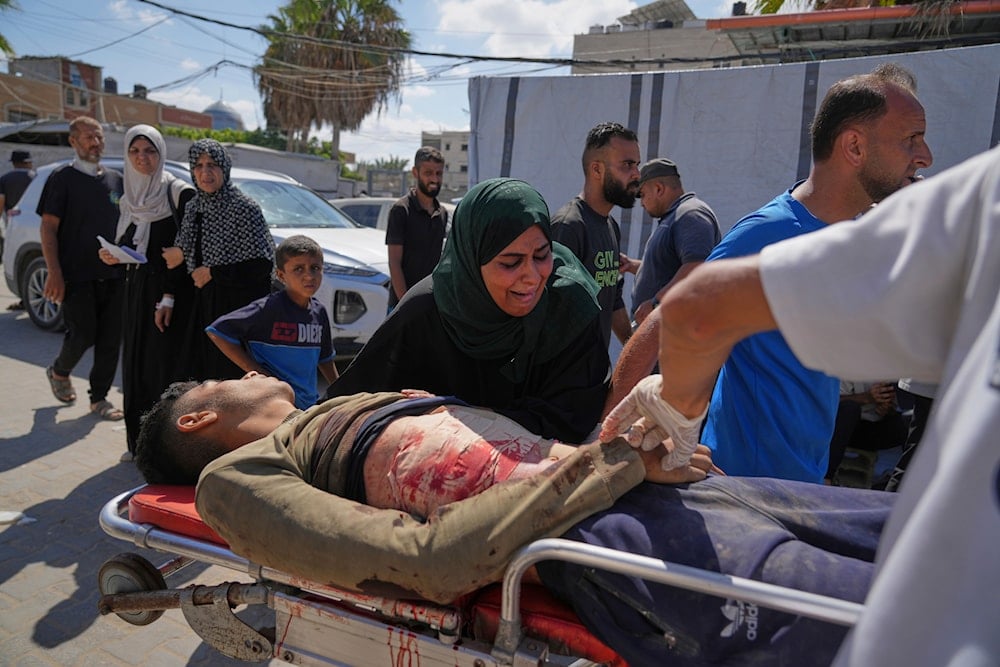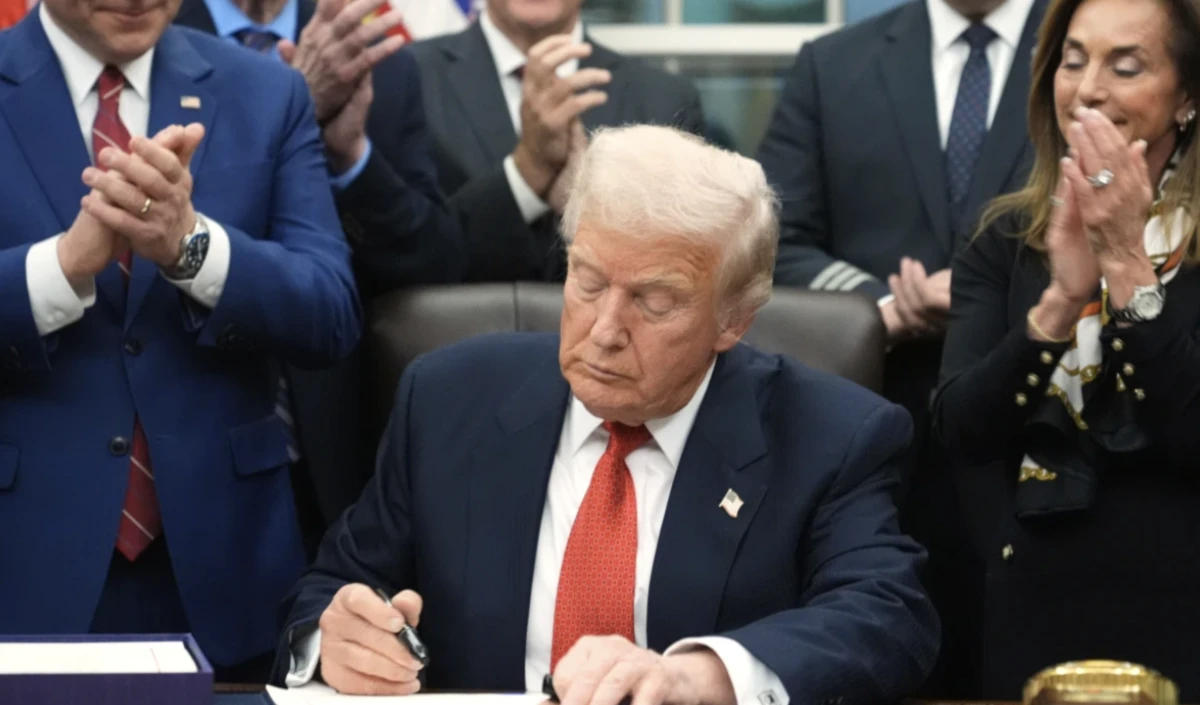US-backed GHF in talks over future role in postwar Gaza: FT
The Gaza Humanitarian Foundation, the controversial organization backed by the US and "Israel", is in talks over a potential postwar role in Gaza after suspending operations.
-

Nabila Al Shaer, center, mourns during the funeral of her son, Jamil Al Shaer, 21, who was killed while trying to receive aid from the US-backed Gaza Humanitarian Foundation (GHF) in Netzarim, in the central Gaza Strip, at Al-Aqsa Hospital, on July 31, 2025. (AP Photo/Abdel Kareem Hana)
The Gaza Humanitarian Foundation (GHF), a privately-run aid group backed by the US and "Israel", is engaged in discussions with US and Israeli officials regarding a possible postwar role in the Gaza Strip, according to several people familiar with the matter.
A report by the Financial Times (FT) on Thursday stated that although GHF has suspended food distribution since the start of a fragile US-brokered ceasefire in Gaza earlier this month, its leadership is actively lobbying for future involvement in Gaza’s reconstruction and aid delivery.
The group, founded in late May with support from US and Israeli actors, is currently in contact with the Civil-Military Coordination Center (CMCC), the multinational body established by the Trump administration in southern occupied Palestine to manage stabilization efforts in Gaza. Among those participating in the talks is Israeli-US businessman Michael Eisenberg, a key figure in the group’s formation.
"Israel's" Channel 12 reported that Prime Minister Benjamin Netanyahu is preparing to appoint Eisenberg as his personal envoy to the CMCC.
Read next: Democratic senators call GHF Gaza aid scheme deadly, urge funding cut
Hundreds killed by Israeli fire at GHF sites
GHF has faced strong international criticism over its militarized model of aid delivery and opaque funding. That said, it's worth noting that the group employed private military contractors, including UG Solutions, to secure its distribution hubs, FT clarified.
Since May, over 1,000 Palestinians have been killed by Israeli fire while attempting to reach GHF aid sites. Health officials in Gaza accused Israeli troops of targeting civilians near GHF centers, but GHF denied any responsibility for the casualties.
According to FT, the Israeli military has acknowledged opening fire on crowds near GHF sites, describing them as “threatening,” but denied intentionally targeting civilians. It also disputed the casualty figures issued by Gaza’s health authorities. The figures have been cited by international organizations and observers as correct.
The GHF is not part of the current humanitarian response framework, which, under the ceasefire agreement, is led by the United Nations, the Red Crescent, and other international agencies with no formal ties to either party to the conflict. Despite this, GHF said its role is “likely to evolve” and could include managing logistics hubs, food centers, or allegedly supplying "aid" to other NGOs in areas under Israeli military control.
GHF's hidden intentions
GHF’s controversial model and lack of transparency led the UN and most international humanitarian organizations to refuse cooperation. Critics accused the group of weaponizing aid to encourage the displacement of Palestinians to the south, an objective echoed by some far-right Israeli ministers.
Bezalel Smotrich, "Israel’s" finance minister, was a vocal supporter of GHF, arguing it could bypass what he claimed was "Hamas’s manipulation of aid flows and sideline the UN".
Read next: Smotrich on Gaza civilians: Let them die of hunger or surrender
Netanyahu himself later distanced himself from the initiative, telling Fox News that GHF “unfortunately did not work.”
Palestinians in Gaza, too, have voiced frustration with the group’s presence. One of GHF’s central aid hubs has since been abandoned following an Israeli pullback. Videos circulated on Palestinian social media show the site being stripped of its infrastructure by locals.
Despite its suspension, GHF may not be finished. The organization is reportedly exploring a return under new arrangements tied to future phases of Gaza’s reconstruction.
US officials, including Trump advisor Jared Kushner and envoy Steve Witkoff, have held meetings in the UAE discussing how to rebuild areas of Gaza currently under Israeli military control. One idea under consideration is to allow GHF to operate in these zones, known as areas behind the so-called Yellow Line, while broader ceasefire terms and disarmament of Hamas are implemented.
According to two sources familiar with the talks, these Israeli-controlled areas now comprise nearly half of Gaza.

 4 Min Read
4 Min Read











